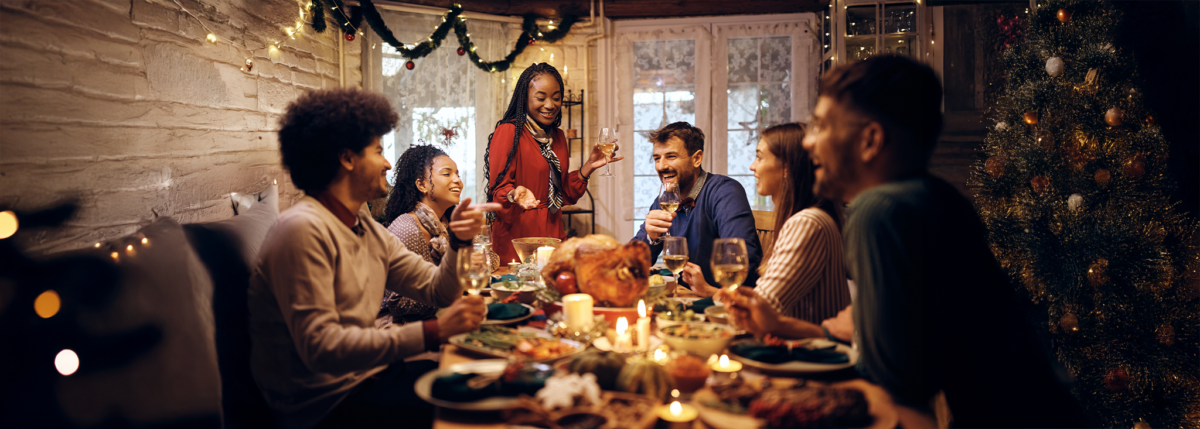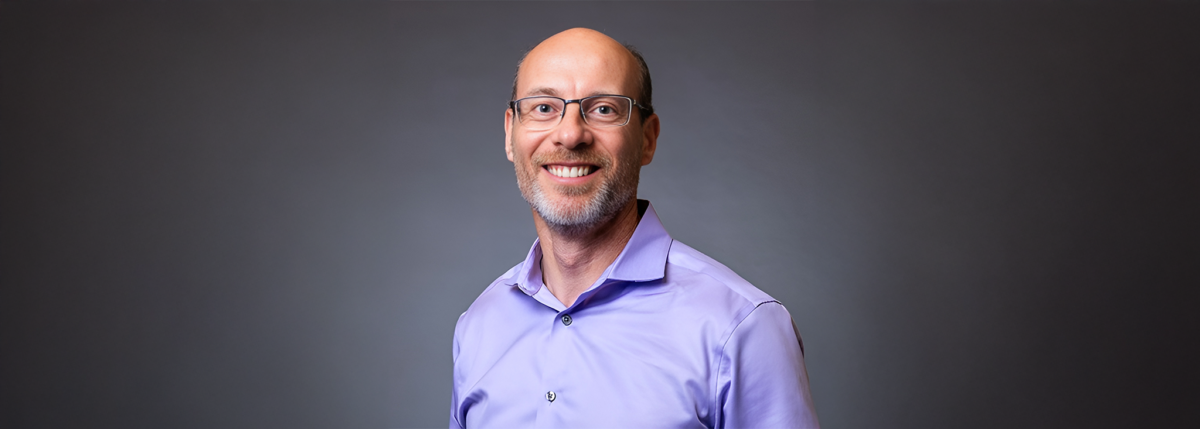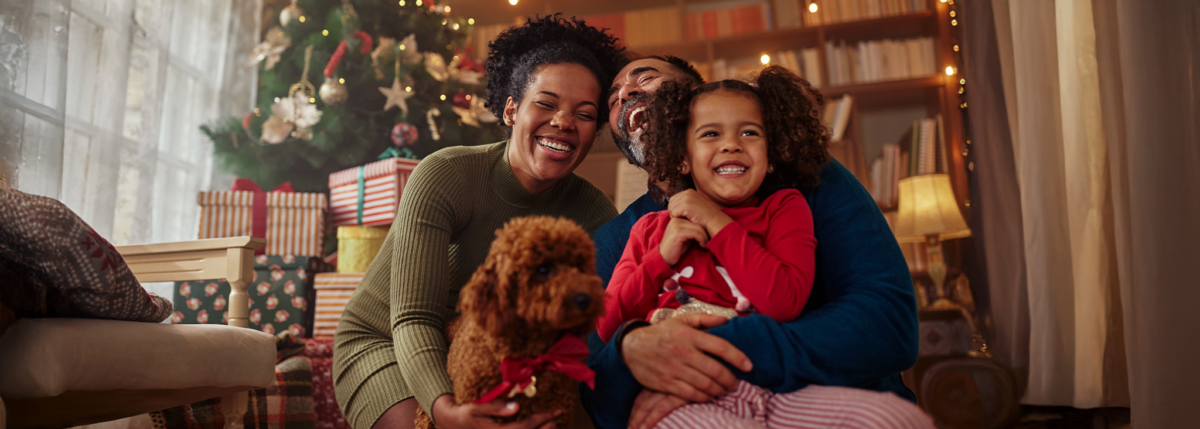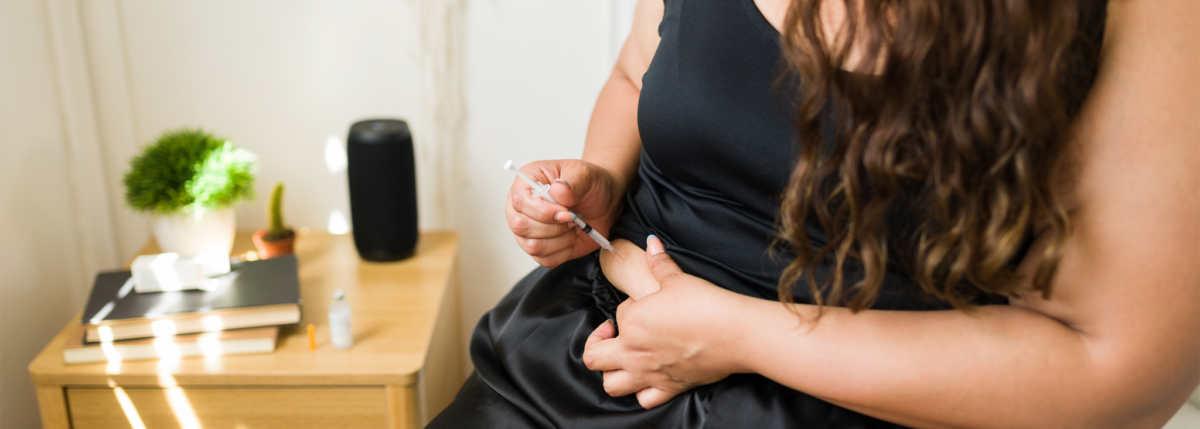Yes, I Have Low Blood Sugars with Type 2 Diabetes
Written by: Liz Cambron-Kopco
5 minute read
August 12, 2022
Life with type 2 diabetes has its daily challenges—like dealing with burnout and the constant balancing act of managing our blood sugar levels. However, certain stigmas around type 2 diabetes left me unprepared for emergencies that could’ve been life-threatening.
Becoming Two-rrific
I was diagnosed with type 2 diabetes in 2014 at 23 years old. As a Mexican-American, I wasn’t a stranger to diabetes. Growing up, I saw my grandmother, aunts and mom take insulin and medications for their type 2 diabetes. I was always told I’d better take care of my health or else I’d end up “like the rest of them”. This mindset implied that it was in my control to not develop diabetes—which I eventually found out isn’t true.
I’ve always loved working out, especially for my mental health. But after an intense, cardio-heavy workout I would start blacking out. My eyesight would get blurry and I’d see these little white flash specks, accompanied by a crushing head sensation. I knew immediately that I’d have to sit down quickly or gravity would soon do it for me. Unfortunately during one of these blackouts, I hit my dining table with the back of my head on the way down.
I was living alone at the time so it was really scary! I went to urgent care to make sure I didn’t have a concussion but to my surprise they found something else in my blood work. I was initially diagnosed with prediabetes and then with type 2 diabetes about a year later. Those blackouts saved my life. Little did I know I’d experience something similar years later!
My Knees Were Weak and My Arms Felt Heavy
After living with diabetes for about six years, I started using insulin to manage my blood sugar levels. I was on Lantus, a long-acting insulin, and it completely changed my diabetes management. My blood sugar levels were coming down faster after meals and staying within my target range. Then one evening, my hands started trembling and I became extremely nauseous.
My husband noticed how pale I was and told me to sit down.
I also struggle with anxiety so I thought maybe I was having a panic attack. It felt similar to a panic attack and like my blackouts from years ago. But when I tested myself with my blood glucose monitor, my blood sugar was 3.1635 mmol/l57 milligrams per deciliter (mg/dL). It wasn’t a panic attack. I was experiencing a low blood sugar event for the first time in my life.
What is Low Blood Sugar?
Hypoglycemia is the state of low blood sugar—caused by too much insulin or too little sugar in the body. It is defined as a blood sugar level below 3.885 mmol/l70 mg/dL. Untreated, it may result in seizures, unconsciousness and sometimes death.
Several variables can cause low blood sugar levels in people taking insulin to manage diabetes, including:
- Too much insulin (with a meal or to correct high blood sugar)
- Physical activity (even a casual walk)
- Delayed effects of drinking alcohol
- Other medications that affect blood sugar and insulin sensitivity
- Sickness of any kind (which can also lead to high blood sugar)
- Sudden changes in diet or activity level (if you can’t eat while sick, etc.)
I’ve noticed that I experience lows the most when I’m sick or changing medications.
After I had surgery to remove my gallbladder, I had low blood sugars because I just couldn’t stomach eating anything. I only drank juice because I had to! I’ve also had lows when I’ve needed to change or add new medications. Anytime my doctor and I have decided to increase my insulin dose, I’ve had to keep an eye out for lows.
Note: If your diet changes—or you skip a meal—you should discuss this immediately with your doctor. Rapid-acting insulin should be taken with meals. If you don’t eat that meal, your doctor may advise you to also skip the insulin dose. If you’re not eating due to illness, your doctor will likely advise a significant reduction in your long-acting insulin doses, too.
My Healthcare Team Never Taught Me About Hypoglycemia
I had never been told what to do if my blood sugar levels ever went low. It’s assumed that people with type 2 always just run high, so I was unprepared when it happened. Thankfully I had some juice in the fridge! After about 20 minutes, my blood sugar level came back up into a safe range.
Even though I knew what hypoglycemia was, I had no idea what it felt like, how to treat it or what to expect after a low event. My healthcare team never told me that I could experience hypoglycemia when they started me on insulin.
I had seen my mom go into diabetic ketoacidosis (DKA) before—which is caused by extremely high blood sugar levels—but I didn’t have any experience with lows. I was completely drained for the rest of the day. I felt like I had ran a marathon without training.
After my first low blood sugar event, I realized I developed a new fear: being alone during a low. I was so thankful my husband was with me during my first experience with low blood sugar because I could barely stand, let alone walk to the fridge to pour myself a glass of juice.
Since then, I’ve had a handful of intense lows that have just ruined my whole day, and even the day after! Low blood sugars can happen at any time, especially if you’re using insulin. When I first started using insulin, I was afraid of being alone in case of low blood sugar events.
I knew if I wanted to continue living independently with diabetes, I needed to be prepared for lows and more confident in my ability to treat them myself.
My Low Blood Sugar Plan
After my first low blood sugar, I didn’t want to get caught unprepared for a low again. It really shook me and my husband up because we didn’t know what to do. Here is my plan for low blood sugars:
- Juice boxes: I keep 4-ounce juice boxes in several places where I spend most of my time—including the kitchen, my bedside table and in my car for when I’m out an about. Make sure to replenish your stash regularly so you don’t run out.
- Share the plan: I make sure my husband and friends know what to do if my blood sugar levels ever goes low. They know where I keep my juice boxes, emergency glucagon and my backup blood glucose monitor.
- Emergency glucagon: I had never been prescribed an emergency glucagon kit despite being on insulin, so I made sure to ask for one. Just like my juice boxes, I keep my emergency glucagon on-hand.
- CGM alarms: I make sure that my continuous glucose monitor (CGM) has the correct blood sugar target range inputed. I set my low blood sugar alarm to the most annoying sound possible to make sure both my husband and I hear it. It’s a crying baby.
- Backpack supplies: Whenever I’m going out for a hike or anywhere that might not have phone signal or be close to emergency services, I bring a backup with diabetes supplies with me. I always bring my glucagon, juice boxes, snacks and my blood glucose monitor in case anything happens to my CGM.
Yes, I have low blood sugars with type 2 diabetes. I’ve learned to understand the symptoms and be prepared to treat my lows so I can keep living my best life with diabetes! Too many people with type 2 diabetes are prescribed insulin but never taught about the signs of low blood sugar and how to treat it. Talk to your healthcare team and get the guidance you need before experiencing your first low blood sugar.
Educational content related to severe hypoglycemia is made possible with support from Lilly Diabetes, an active partner of Beyond Type 1 at the time of publication. Editorial control rests solely on Beyond Type 1.

Author
Liz Cambron-Kopco
Liz has been living with type 2 diabetes since 2014, but grew up surrounded by it as a first-generation Mexican-American. With a bug for research, Liz pursued a PhD in molecular biology and spent her early career studying insulin signaling in invertebrates to understand how insects’ tiny little bodies work. Along with advocating for women and girls in STEM, Liz shares her personal journey with diabetes on her social media platforms to help teach people to become their own advocates. Her passion for advocacy led her to join the Beyond Type 1 team. When she’s not advocating, Liz enjoys hiking... Read more
Related Resources

The holiday season is filled with celebrations, family gatherings, and plenty of holiday foods. No...
Read more

Managing diabetes is a complex and often overwhelming journey—even nine years after my daughter's diagnosis....
Read more

The holiday season is all about celebration, family, and joy—with a little chaos sprinkled in...
Read more

